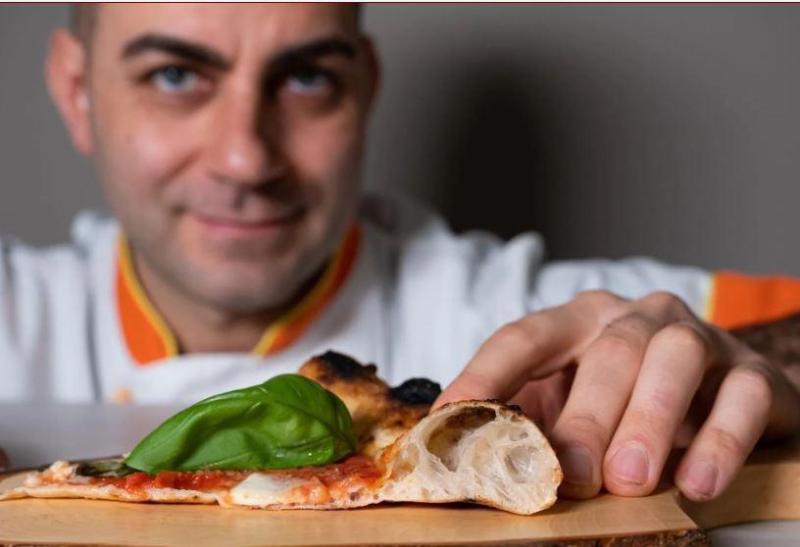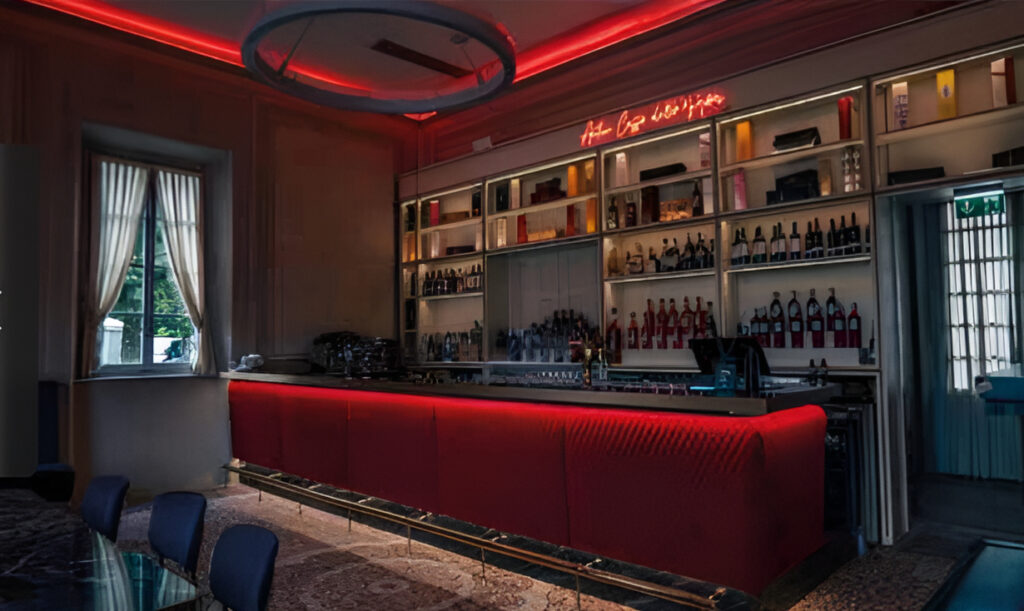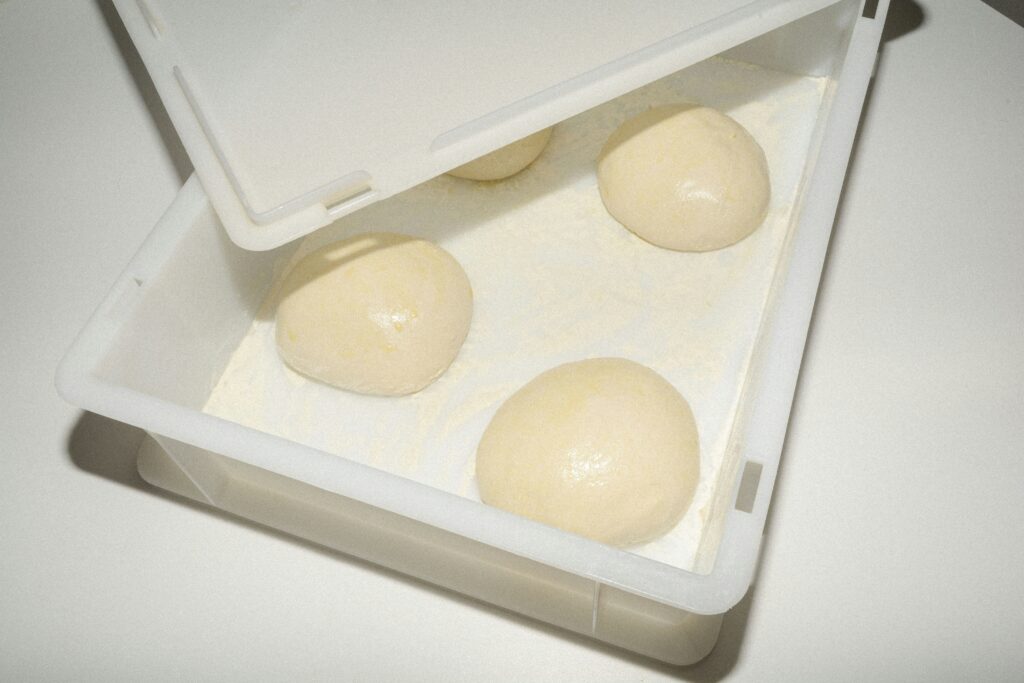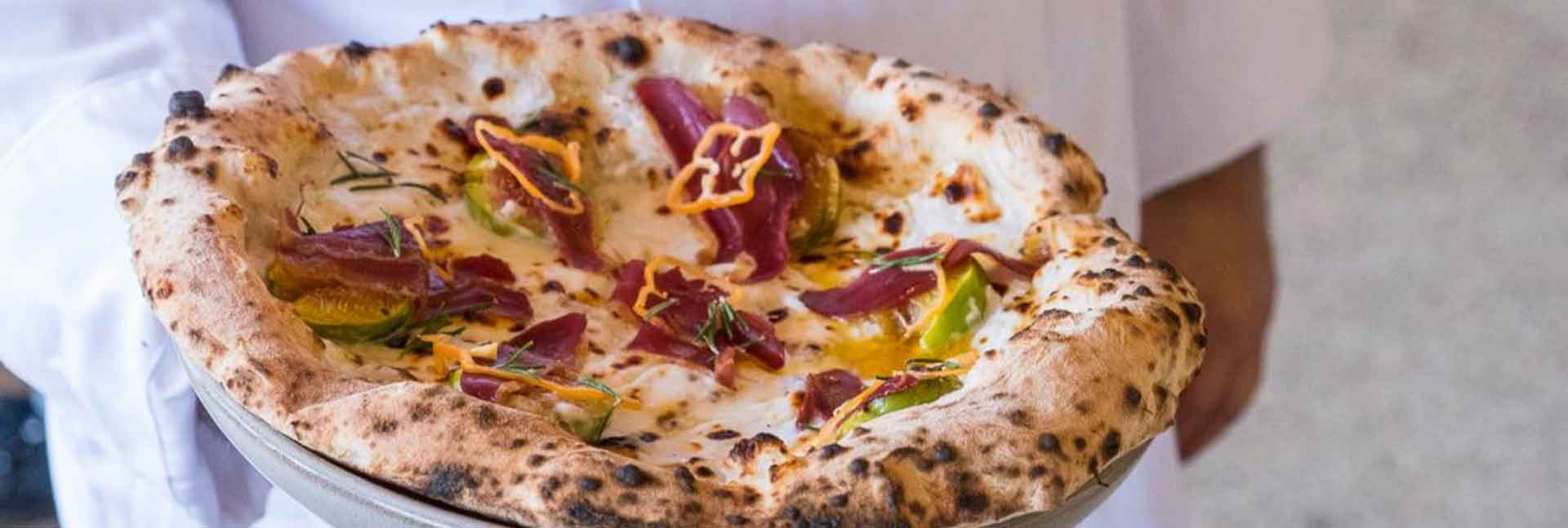
Why has no pizzeria ever been awarded a Michelin star, whether it is the traditional one or the new green star designating special attention to sustainability issues? Insiders have been expecting this for a long time, but the prestigious red guide seems not to want to hear about it. It is well known – although for someone’s vanity they often overlook on this detail – that the stars are awarded by Michelin to restaurants (and not to chefs). Considering the level of quality many pizzerias have reached, both from a gastronomic point of view and also in terms of room service, beverage menu and ambience, we really wonder why there are no signs of opening up from France.
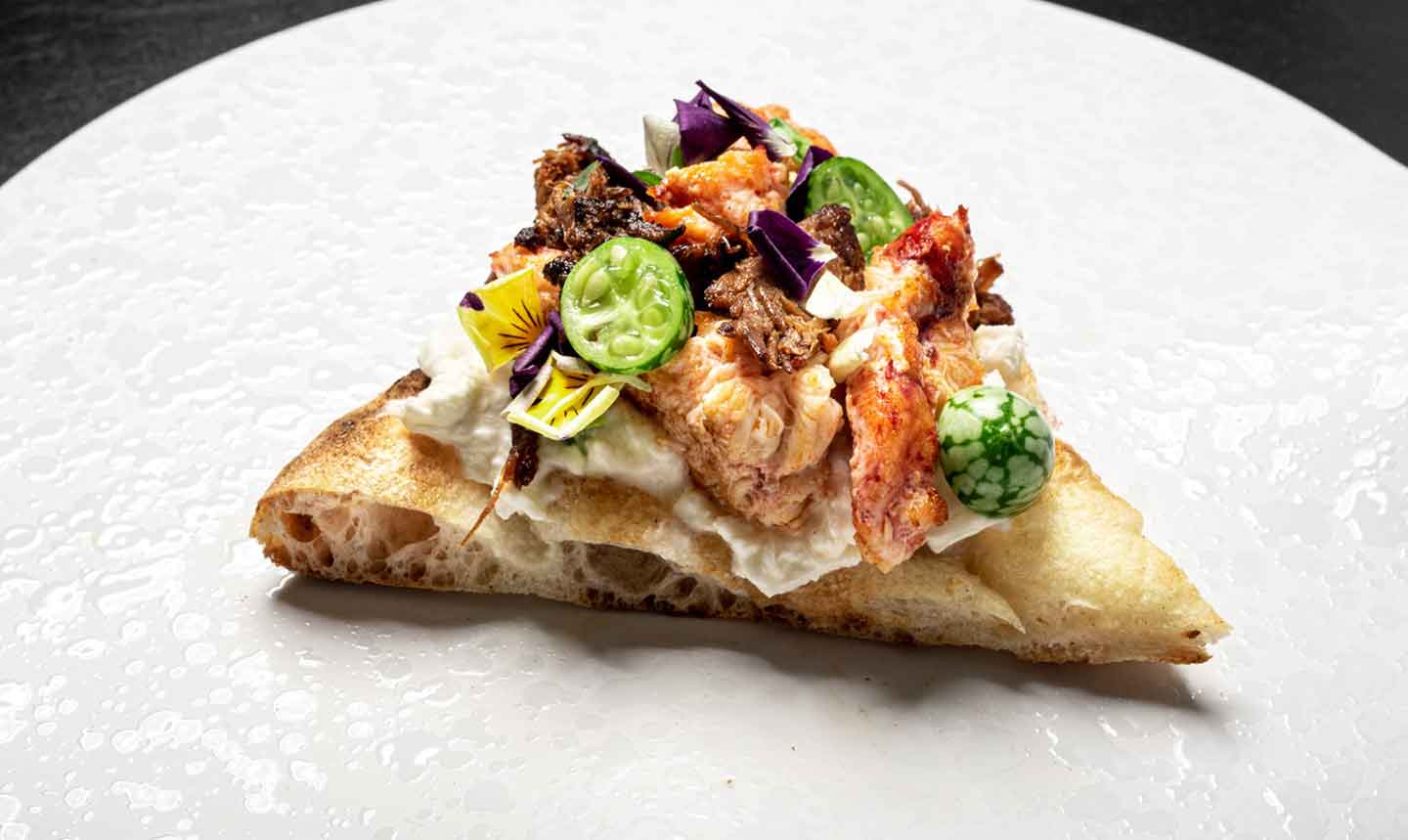
To be a bit controversial, it is not unlikely that it is due precisely to the fact that in the homeland that of pizza is not even remotely an established tradition as it is here in Italy. Basically, because you can’t do it there, you don’t notice what’s going on in our Country. Beyond these somewhat parochial aspects, even chefs working in ‘starred’ restaurants look with great attention to the pizza industry, not least because it is an interesting sector and sometimes an important addition to the business, as in the case, for example, of branded ‘bistros’. So here we have on the one hand, the unconventional initiatives pioneered several years ago now by Denis Lovatel with his In-Fusioni format, 12 pizzas made over a year with celebrity chefs’ toppings. The Pu’er (from the tea of the same name), for example, was the best pizza in one of the Gambero Rosso editions. On the other hand, established initiatives featuring big names and pizza. It happens especially in Milan, starting with Cracco and his Margherita, which at the time created endless controversy, from the price (now 22 euros) to the aesthetic aspect and to its deviation from the sacred tenets of Neapolitan tradition. After all, this crispy and, for that matter, very good pizza is served in Galleria Vittorio Emanuele in Milan, at the bistro of the great chef from Vicenza. Still in the Milanese territory, the Cerea brothers have recently landed with a rib of their prestigious ‘war-machine’ restaurant. The DaV is located in the Allianz Tower on the 1st floor, and here, alongside their idea of top-notch comfort food, you can find a pizza whose dough has been conceived by Alessio Rovetta in three versions: Neapolitan pizza, steamed pizza and pizza “in-pala”. The margherita is sold for 25 euros. It could not miss Massimiliano Alajmo, who – as a pizza lover – made two patented pizzas about six years ago now, a steamed one starting from the study of Neapolitan pizza to make his own smaller, both crispy and soft and as light and digestible as possible, and what he called Mask.Calzone. They can be tasted along with many other delicious things at Amor, a Philippe Starck-designed venue located inside the H-Farm campus in Roncade, near Treviso. In Verona, meanwhile, in the heart of the historic center, there is Du De Cope, a pizzeria created in 2004 by chef Giancarlo Perbellini, the future chef of a place with a very long history like the 12 Apostles. There are three types of dough: one with wheat flour for the classic pizzas, one with wheat flour and cereals for ‘the chef’s ones,’ and the same but in a different form for the schiacciate (Italian slim flatbreads). It is obvious that what they have in common is the very high quality of ingredients dedicated to the fillings. The pizzeria made by another great creative chef like Alessandro Gilmozzi from El Molin is located in Cavalese in the ancient Palazzo Riccabona, with the Palazzo della Magnifica Comunità di Fiemme in the front and the Rio Gambis alongside. Classic or gourmet pizzas, made with the chef’s usual care, with sourdough, stone-ground flour-based dough and 72 hours of leavening. At this point, however, the question arises: why not recognize with a star the value of men like Simone Padoan and Franco Pepe? One from Verona area and the other from Caserta area, they are extremely different spirits but united by an idea of out-of-the-ordinary quality that has led the world of pizza very close to that of haute cuisine, both for the continuous research with which they implement their creations and also for the gastronomic and service level achieved by their venues. And they are only the first in a series of great innovators who transformed the way the world’s most famous dish is understood.
